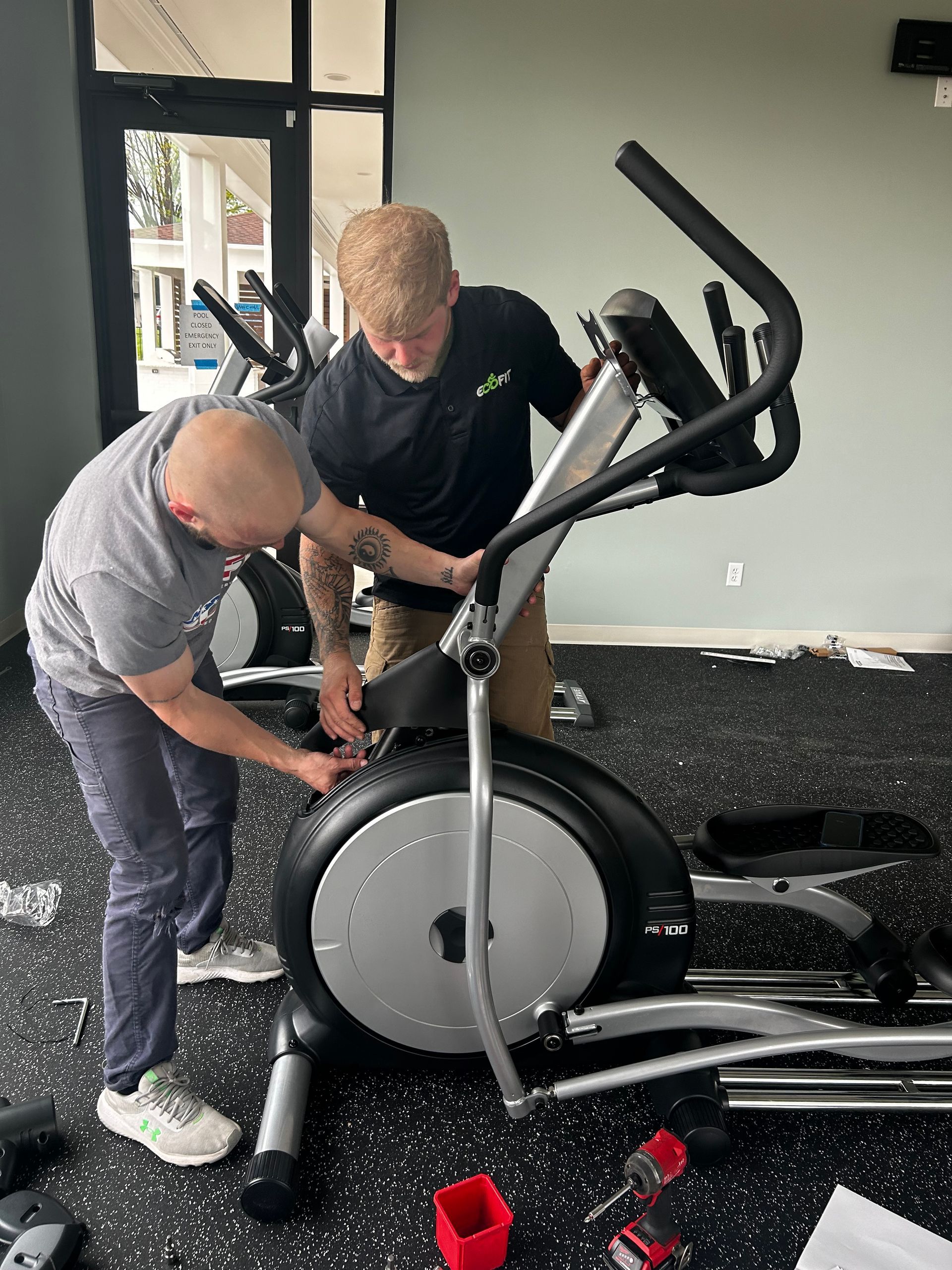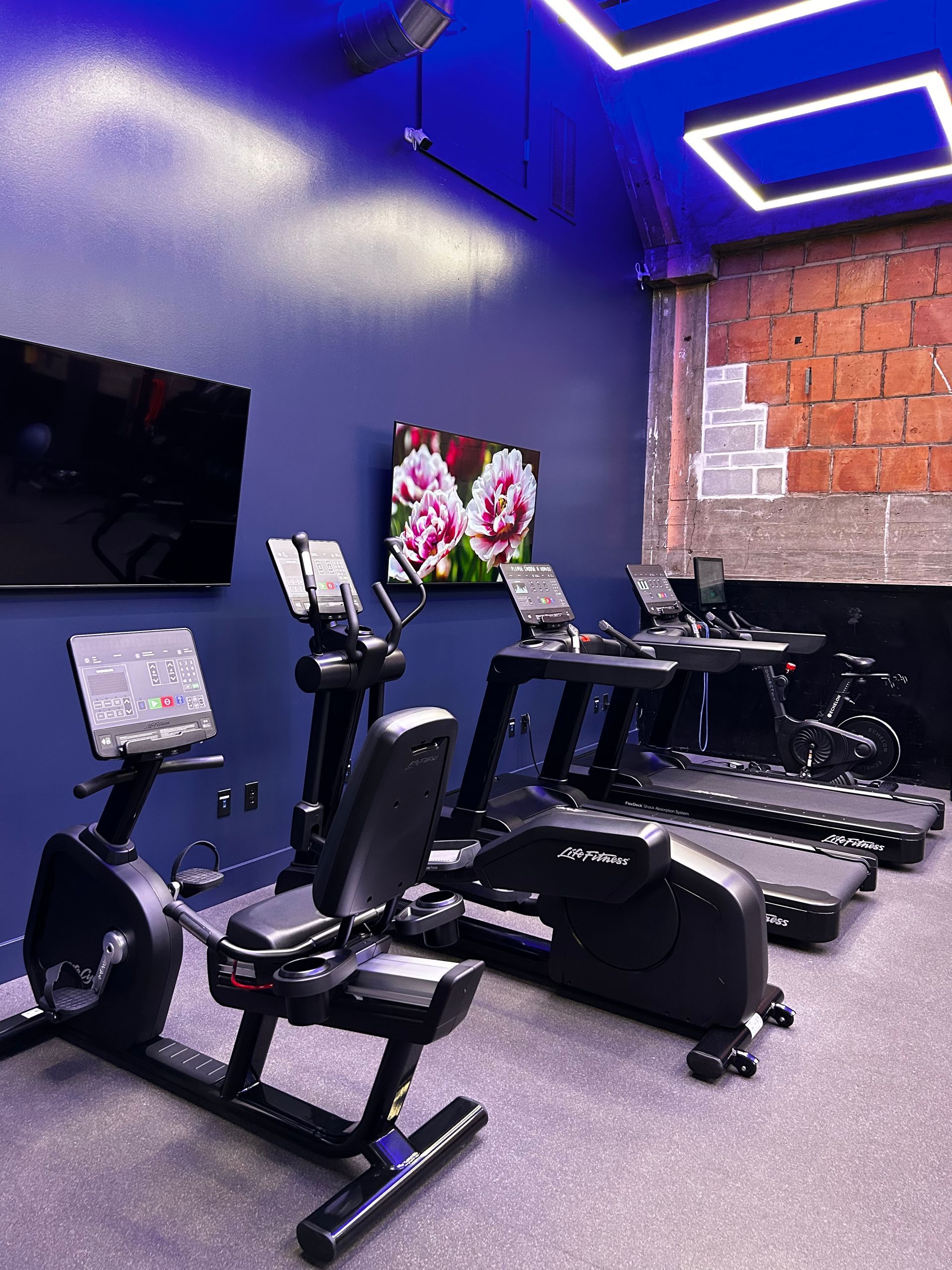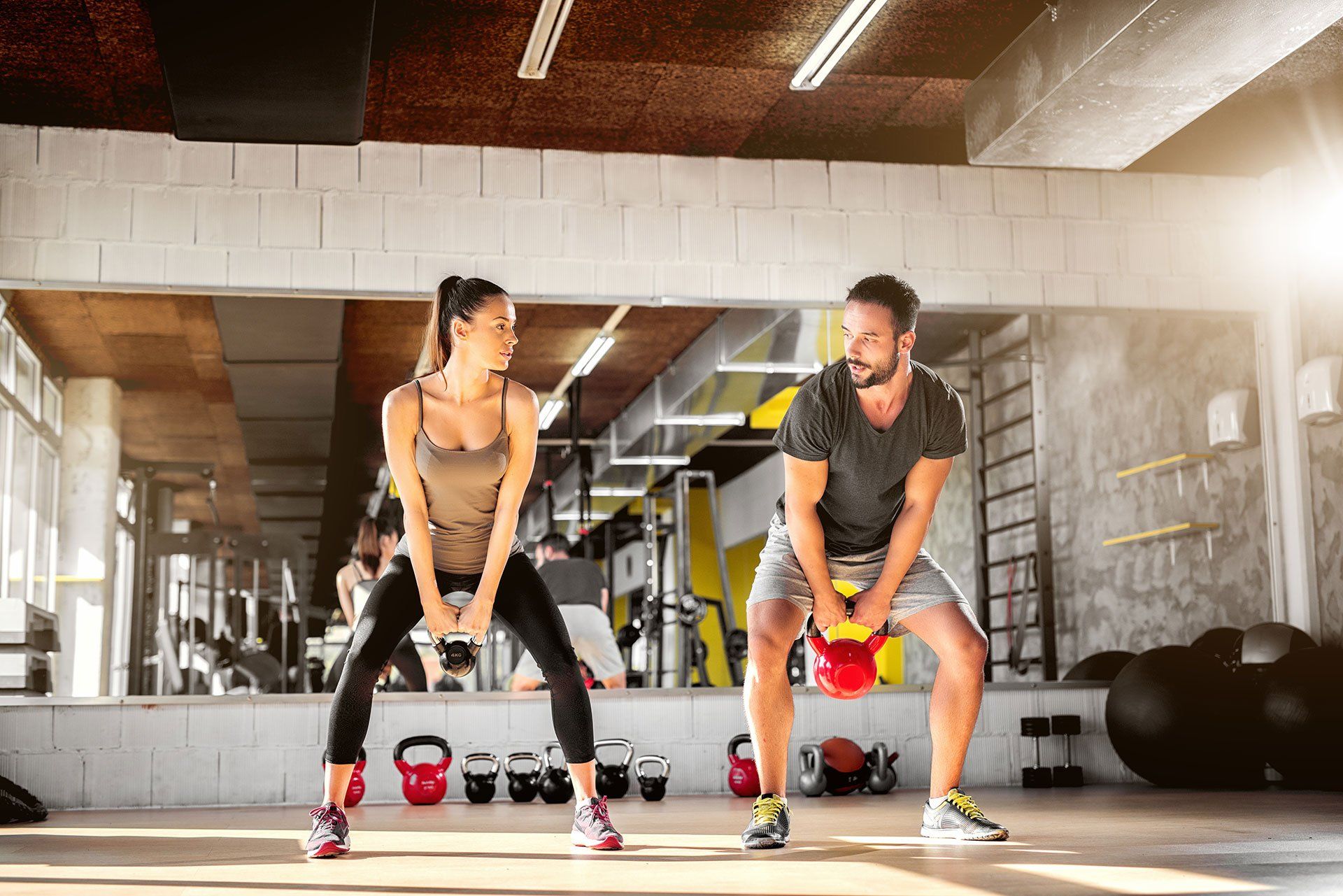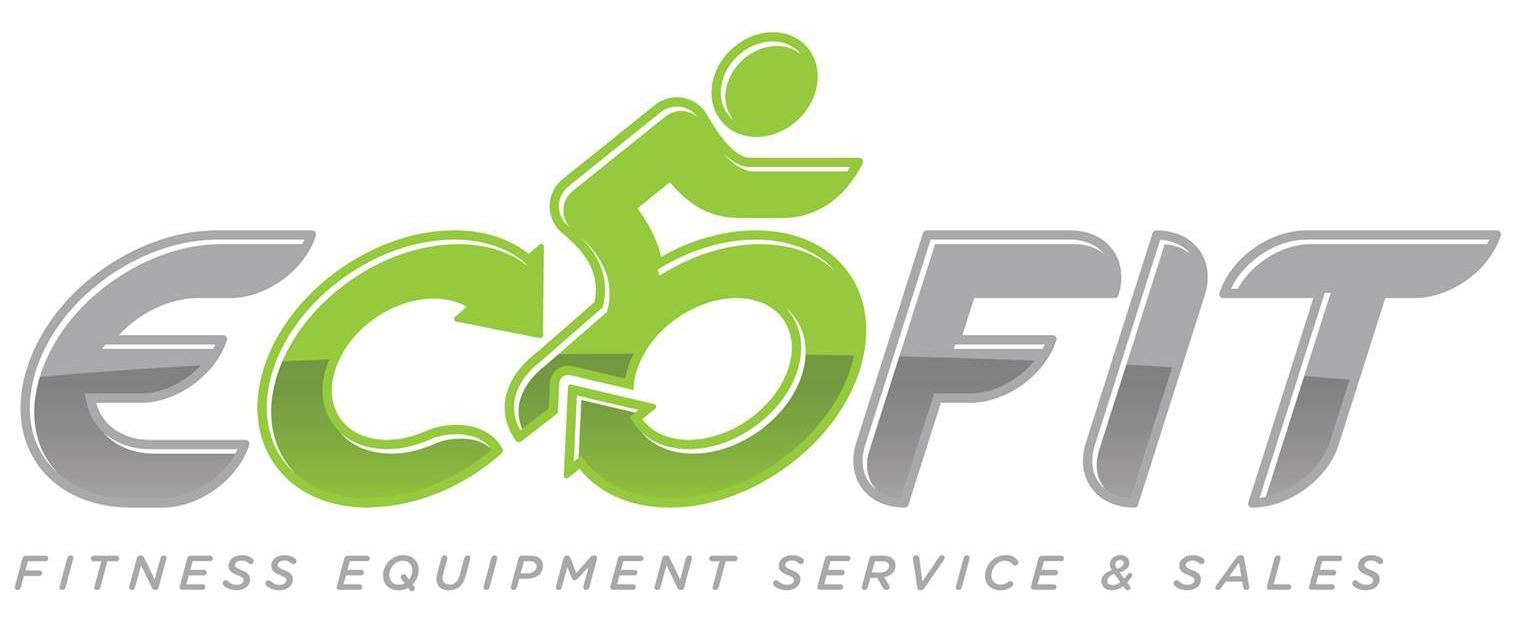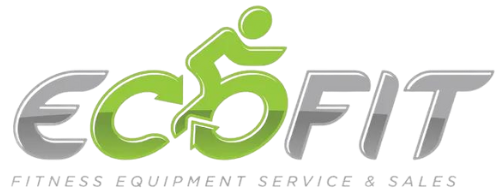Refurbished vs. New Fitness Equipment: What’s Right for Your Facility?
If you're outfitting a commercial gym or fitness center in the St. Louis area, you’ve likely asked yourself one key question. Should you go with brand-new equipment or save some money with refurbished options? It’s a common decision point for new builds, facility upgrades, and even hotel or apartment fitness rooms looking to refresh their space.
The answer depends on your goals, budget, and who will be using the equipment. At EcoFit Equipment, we work with clients across St. Louis to find the right mix of new and refurbished machines to fit their needs. If you’re weighing your options, here are the main things to consider before making a decision.
The Case for New Fitness Equipment
There’s no doubt that brand-new equipment has its appeal. It looks fresh out of the box, has the latest technology, and comes with full manufacturer support. For some facilities, especially ones promoting themselves as premium or high-end, going with all new equipment may make the most sense.
With new equipment, you get:
- Updated features like touch screens and connected apps
- Clean aesthetics that help brand your space
- Full factory warranties
- Longer expected lifespan before the first major repairs
If your facility is in a competitive part of St. Louis and markets itself as cutting edge, or if you're creating a space designed to stand out in the fitness scene, new equipment can support that positioning. It shows users you’re investing in quality and keeping up with modern training trends.
That said, buying new equipment is a bigger financial commitment. Outfitting a full facility with all new treadmills, ellipticals, strength machines, and accessories can cost a significant amount. If budget is tight, going fully new may not be the best use of your capital upfront.
Why Refurbished Equipment Makes Sense for Many Facilities
Refurbished equipment has come a long way in the last few years. This isn’t about buying used machines from a random seller online. When done properly, refurbished commercial fitness equipment is cleaned, rebuilt, tested, and often looks and performs just like new.
At EcoFit, we offer refurbished options that we personally inspect, restore, and service before delivery. You’re not just getting a used treadmill. You’re getting a machine that’s been rebuilt and tested by professionals who know the equipment inside and out.
Benefits of refurbished equipment include:
- Lower upfront cost
- Faster setup timeline in some cases
- A mix of well-known brands at a reduced price
- Opportunity to build out more equipment for the same budget
Facilities across the St. Louis area use refurbished equipment in a variety of settings. That includes apartment gyms, school athletic programs, fire and police department training rooms, and even some commercial gyms that want to balance cost with functionality.
Understanding the Differences in Warranty and Support
New machines often come with full warranties, sometimes extending up to several years depending on the manufacturer. With refurbished equipment, warranties are usually shorter or limited to certain parts and labor.
At EcoFit, we offer support plans for both new and refurbished machines. If you choose refurbished equipment through us, we still provide service coverage and routine maintenance options to keep everything running smoothly.
If long-term manufacturer support is a top priority, new equipment might be the safer route. But if you're working with a trusted partner like EcoFit, refurbished machines can still come with peace of mind.
A Smart Strategy Is Often a Mix of Both
Most facilities don’t need to go all new or all refurbished. A blended approach often makes the most sense. You might choose new equipment for high-traffic machines like treadmills or cable systems and fill out the rest of your gym with refurbished benches, bikes, or selectorized strength stations.
This allows you to:
- Maximize your available square footage
- Stick to your budget without sacrificing variety
- Reserve capital for future updates or amenities
In a city like St. Louis where competition between fitness centers is strong, this flexibility gives you an edge. You can offer more equipment choices without overextending financially.
Refurbished Equipment Does Not Mean Low Quality
One misconception we often hear is that refurbished equals worn out. That could not be further from the truth when working with a qualified supplier. Many of the refurbished machines we offer have been in low-use environments or were part of short-term leases.
Once they come back to us, our team inspects every part. We replace belts, fix electronics, resurface pads, lubricate moving parts, and make sure everything is ready for commercial use. By the time the machine reaches your floor, it is fully operational and built to last.
This is very different from purchasing off a public marketplace or from another facility. With EcoFit, you know the history, the service record, and the quality of the rebuild.
Your Facility Type Matters
The type of facility you’re building plays a big role in the decision between new and refurbished. Here’s how we typically guide clients in the St. Louis area:
- Apartment Fitness Centers: Refurbished options are ideal. They offer value without overwhelming smaller rooms. Most users are casual and don’t require the latest tech.
- Police and Fire Departments: Often use a mix. Refurbished strength stations paired with newer cardio machines provide durability and variety.
- Corporate Wellness Centers: Lean toward new machines to align with company branding and employee expectations.
- Commercial Gyms: Often blend new and refurbished based on member feedback, budget, and equipment turnover rates.
Each of these settings has different usage levels, user demographics, and expectations. A well-planned combination of new and refurbished gear ensures your space feels complete and functions well for years.
How EcoFit Helps You Choose the Right Equipment
We don’t push one option over another. Our job is to understand your goals, budget, and layout and then recommend the best equipment strategy for your space. We source from top brands, refurbish in-house, and offer full installation and service across the St. Louis area.
When you work with us, you’ll get:
- Honest advice based on years of industry experience
- A guided selection process with options that fit your budget
- Equipment that matches your layout and use case
- Delivery, installation, and support for both new and refurbished options
You won’t be left wondering if you made the right choice. We make sure your setup is built to last.
Let’s Build a Smart, Cost-Effective Facility
If you’re outfitting a gym in St. Louis and want to explore the benefits of new and refurbished commercial equipment, reach out to EcoFit Equipment. We’ll help you compare your options side by side, walk your space, and recommend the right solution based on your priorities.
It’s not about spending the most. It’s about making the smartest choice for your facility, your users, and your long-term plans.
Contact Us
